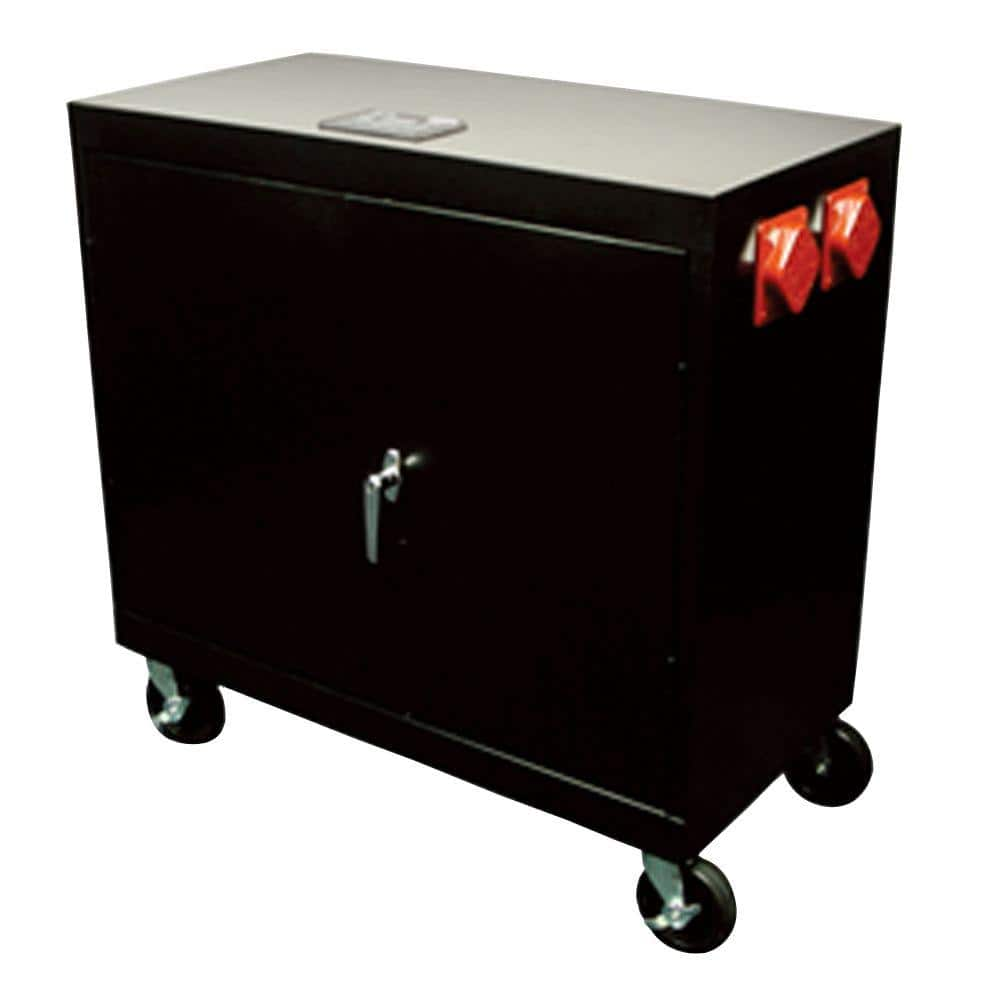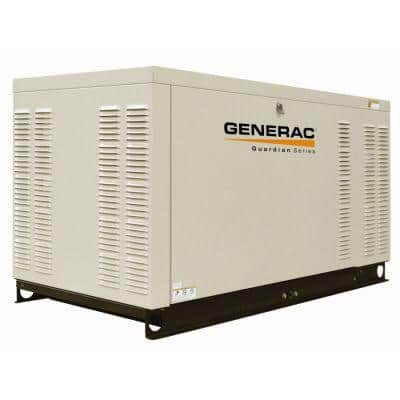Buying an Inverter Generator
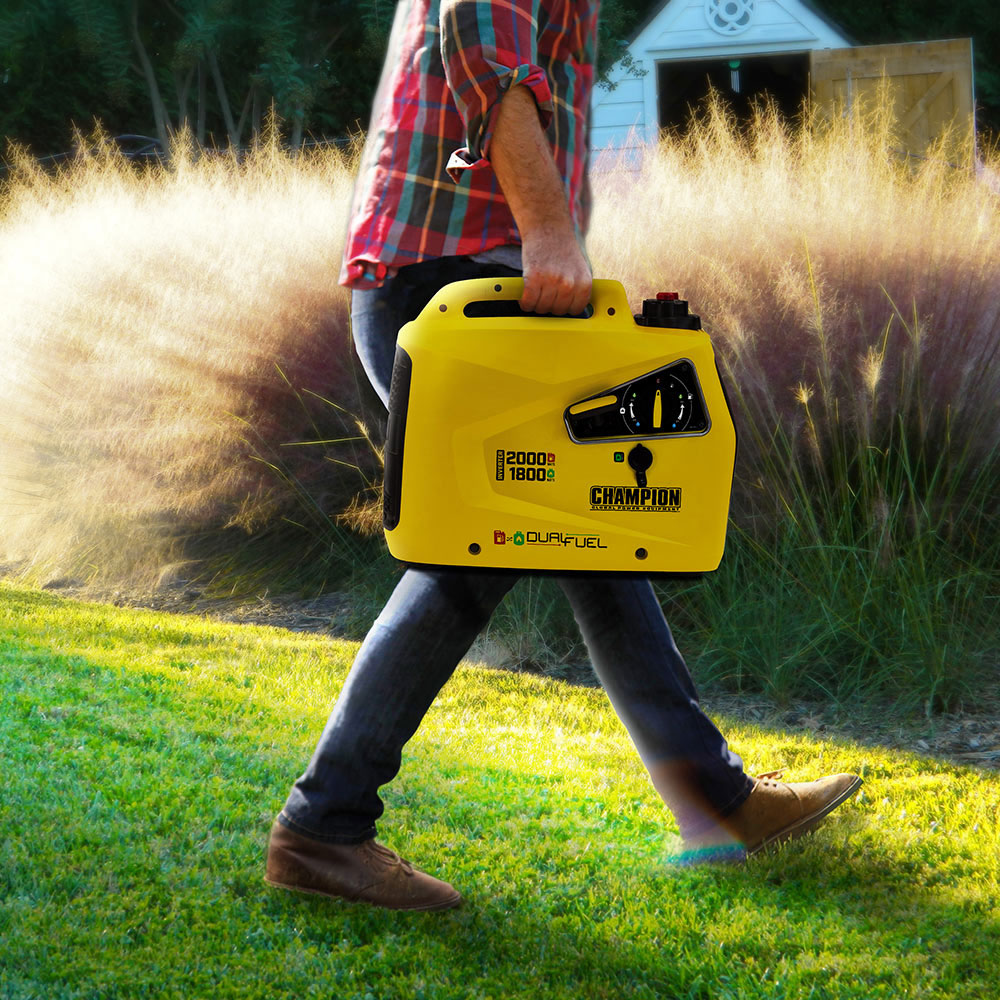
Last updated September 7, 2023
Along with portable generators and whole house generators, inverter generators are used to run everything from an RV to a coffee pot. Inverter generators work in places where you don’t have access to a power grid. Although they can require a higher upfront investment, inverter generators are noticeably quieter and more fuel efficient than other types of generators. Read on to learn what how an inverter generator works, what to look for in one, and how to choose the best one for your needs.
Table of Contents
What is an Inverter Generator?
Size and Power
Fuel Types and Safety Tips
What is an Inverter Generator?
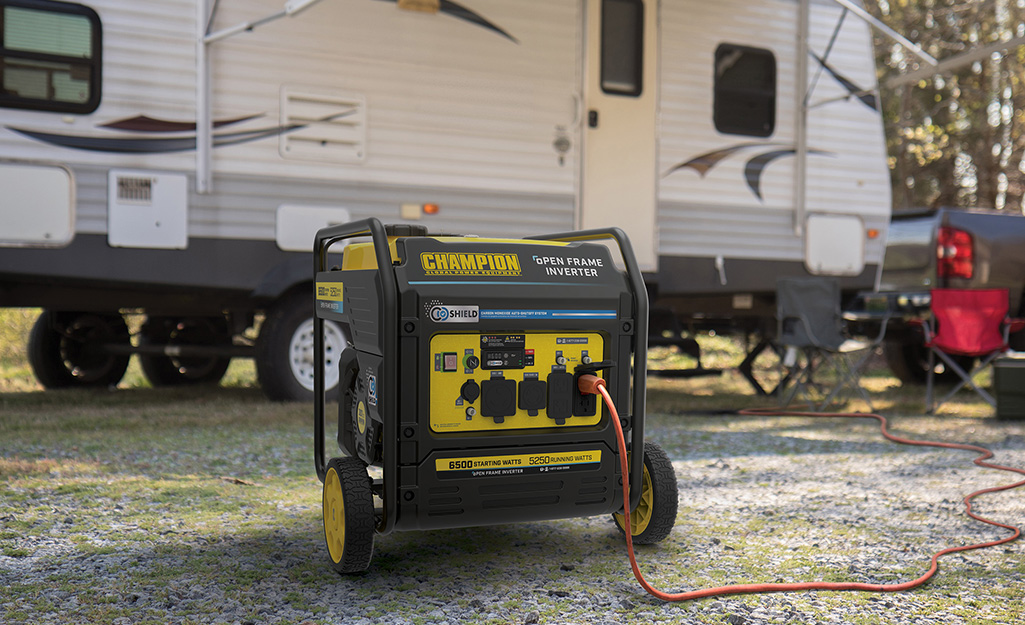
The difference between an inverter generator versus a standard one is the type of electricity the unit produces. Like a standard generator, inverter generators have an alternator that creates AC electricity, but they also have a rectifier for transforming AC electricity into DC power. DC power is what’s stored in batteries. Inverter generators are primarily used to run and recharge battery-operated devices. This can make them perfect for outdoor use.
Tip: Some inverters are battery generators that have solar panels that recharge them, making them ideal for remote locations.
Size and Power
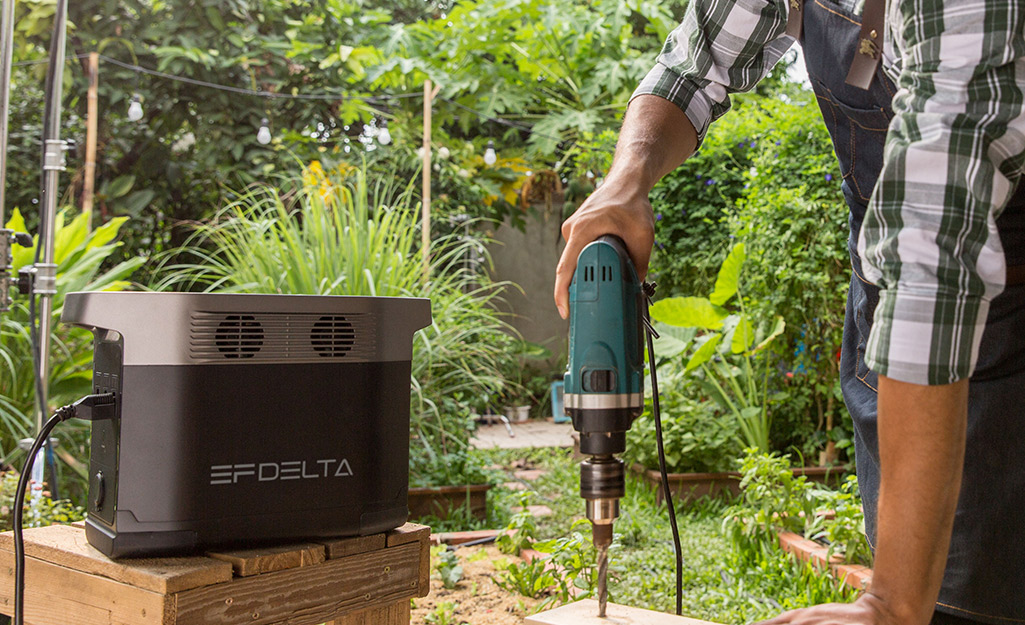
Inverter generators come in small, medium and large sizes. Its size determines the amount of wattage an inverter can provide. The size you choose will depend on what kind of device you’d like to power. Always refer to a device’s manual for the exact wattage it needs.
Here are some approximate examples of things you can power at the same time using a certain size inverter:
- A 1000-watt inverter generator can provide electricity for a small TV, lights and a crockpot.
- A 2000-watt inverter generator can power a small TV and space heater.
- A 3500-watt inverter generator can power a refrigerator and a sump pump.
- A 4000-watt inverter generator can power an RV, multiple tools and appliances. These can weigh up to 250 pounds and are rarely portable. Larger generators also work best with an automatic generator transfer switch or a manual transfer switch.
Tip: Many models allow you to pair two inverter generators together for double the amount of electricity available.
For safety, always follow the manufactuer's directions.
Fuel Types and Safety Tips
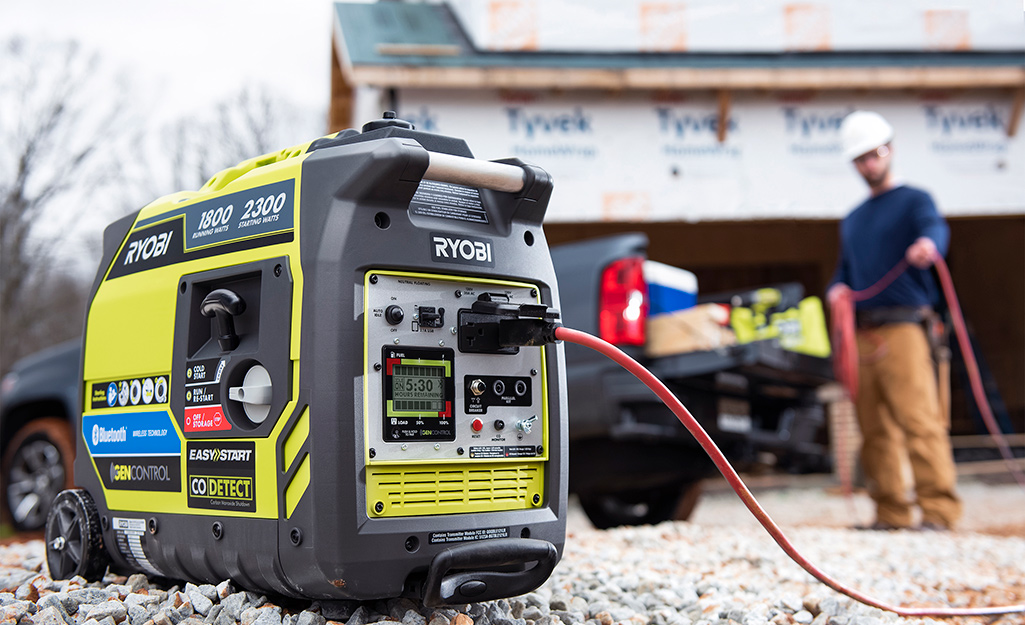
Since an inverter’s engine is able to throttle up and down, it is very fuel efficient and has low emissions. Although there are solar generators, most inverters burn propane or gas. Inverters are relatively easy and safe to use, but it’s important to follow a few safety tips:
- Point exhaust in a direction away from nearby people and pets.
- Make sure your inverter generator is on before plugging in to it.
- Cool down the inverter before adding additional fuel.
- Choose a model with an automatic CO shut-off switch to avoid possible carbon dioxide poisoning.
- Follow the instructions and safety rules found in your product’s owner’s manual.
Like all generators, an inverter generator is an excellent way to power devices and equipment when you can't access a power grid. Inverters are both quiet and fuel efficient, making them ideal for outdoor use. Choosing the right size inverter generator comes down to what devices you want to power. Ready to get a new generator? Use The Home Depot Mobile App to locate products and check inventory. We'll take you to the exact aisle and bay.
